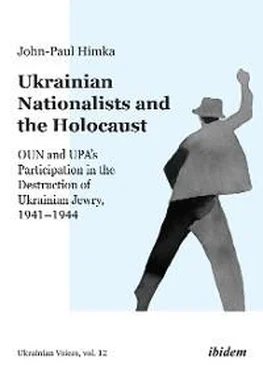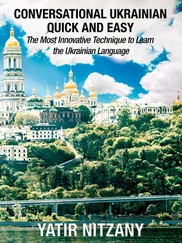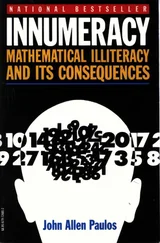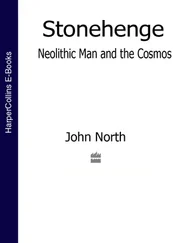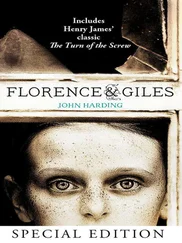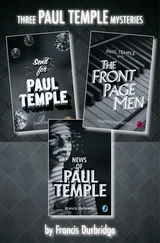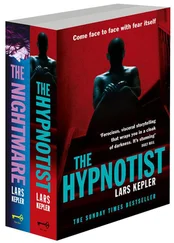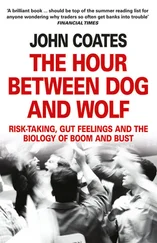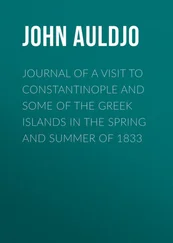72There is an obituary of Hanusiak in the communist newspaper People’s World : “Michael Hanusiak.”
73To be discussed below, 105-10.
74“Hanusiak’s publication is utterly tendentious, and I refer to it with great caution.” Weiss, “Jewish-Ukrainian Relations,” 420 n. 36. Weiss’s article cited here was originally delivered as a paper at a conference on Ukrainian-Jewish relations in 1983. At the same conference, during the roundtable discussion, I am recorded as having said: “...no matter how one claims that one is careful about this source, Hanushchak [sic] being a Ukrainian communist front, cannot be believed and one shouldn’t even mention it in a text.” “Round-Table Discussion [first edition],” 494. For the second edition of the conference proceedings I was permitted to clean up the language of my intervention and phrased the same thought somewhat differently, saying that Hanusiak was “a Ukrainian-American Communist with a political axe to grind; he is not a source to be cited in a scholarly text.” “Round-Table Discussion [second edition],” 494. Somehow Taras Hunczak managed to misread this entirely: “I understand that when Aharon Weiss called Hanusiak’s work ‘utterly tendentious,’ John-Paul Himka came to Hanusiak’s defense.” Hunczak, “Problems of Historiography,” 136.
75The organization was originally founded as the United Ukrainian Toilers Organization in 1924 and renamed the Union of Ukrainian Toilers in 1938 and the League of American Ukrainians in 1940. Kuropas, The Ukrainian Americans , 184, 196.
76This was Sam Pevzner, a writer who contributed to such communist publications as The Daily Worker and Jewish Life . He had been subpoenaed by the House Committee on Un-American Activities as a communist propagandist in 1958.
77HDA SBU, fond 16, op. 4, spr. 2, tom 2, ff. 275-76.
78Szcześniak and Szota’s book came out while I was a graduate student at the University of Michigan. Our library had a publication exchange with Poland and received a copy of the book before it was removed from circulation.
79The kinds of sources made available by the momentous changes of 1989-91 will be described in the next chapter.
80The fact that “today” (the mid-1980s) Volhynia “lies outside the Polish territory poses delicate political problems for Polish authors.” Spector, Holocaust of Volhynian Jews , 4.
81Mirchuk, Narys , 9. Herasymenko, Orhanizatsiia Ukrains’kykh Natsionalistiv , 4. Shankovs’kyi, Pokhidni hrupy , 184, 198, 266, 291, 302 nn. 100-01, 329. Shtul’, V im”ia pravdy , 7.
82Pohl, Nationalsozialistische Judenverfolgung , 316.
83Ibid., 40, 48-49, 375, 382.
84Ibid., 316-17.
85Ibid., 374-75.
86Himka, Review of Pohl, Nationalsozialistische Judenverfolgung , 99.
87Burds, “AGENTURA.” Burds, Early Cold War . Burds, “Gender and Policing.”
88See 42, 105-10.
89Berkhoff and Carynnyk, “The Organization of Ukrainian Nationalists,” 152-56; quotations 156.
90Marples, Heroes and Villains , 79-165.
91Kul’chyts’kyi, Orhanizatsiia ukrains’kykh natsionalistiv i Ukrains’ka povstans’ka armiia. Fakhovyi vysnovok , 40.
92Koval’, “Za shcho i z kym borolysia OUN-UPA.” Quotation, 92. Koval’s original report is reprinted in this article, 95-116. An entire section of Koval’s report, “What Did UPA Fight for?” (112-14), is simply a long extract from the OUN program of August 1943.
93Khonigsman, Katastrofa l’vovskogo evreistva , 2.
94Khonigsman, Katastrofa evreistva Zapadnoi Ukrainy , 76, 122.
95Ibid., 113, 125.
96Kovba, Liudianist’ u bezodni pekla , 203.
97For example, Kovba sometimes suggested that the Poles, not the Ukrainians, were the real antisemites (e.g., 116). In her opinion, while the Polish and Jewish press printed tendentious accounts of the pogroms of 1917-20, Ukrainian publications offered “objective information” (29-30). She stated (29) that the “educated, tolerant Greek Catholic clergy was in its large majority free of antisemitic superstitions,” but see the attempt in 1930 to prove the reality of the blood libel by the young Basilian monk Irynei Nazarko, “Piznaimo zhydiv!” (After World War II Nazarko became an influential church historian in the Ukrainian diaspora.)
98Kovba, Liudianist’ u bezodni pekla , 224, 228-29.
99I have explored this theme also in “Debates in Ukraine,” 354, 356.
100Polishchuk, Hirka pravda , 30-39, 215-16.
101Ibid., 20-22, 25-26, 57, 245, 437-38.
102Ibid., 10.
103Kulińska, “Dowody zbrodni.”
104Polishchuk, Integralny nacjonalizm ukraiński , vols. 3-5 (these volumes bear an additional title: Nacjonalizm ukraiński w dokumentach ).
105Polishchuk, Hirka pravda , 12, 26.
106E.g., ibid., 22. His insistence on the innocence of the local Volhynian population and the guilt of the Galician nationalists led him to state categorically, and unfortunately incorrectly, that the local population of Volhynia took no part in the mass murder of the Jews, only the auxiliary police set up by OUN. Ibid., 342.
107Marples, Heroes and Villains , 208. I also had been dismissive of Polishchuk’s publications until I began my own research on the role of OUN and UPA in the Holocaust; before then I had absorbed the negative opinions of colleagues in Ukrainian studies and had only consulted his works superficially. I changed my thinking about Polishchuk when I read him carefully and with an open mind.
108Serhiichuk, Nasha krov—na svoii zemli , 4.
109Shapoval, “Chy podolano ‘volyns’kyi syndrom’?”
110Isaievych, “1943 rik.”
111Torzecki, “Mav ia do dila z endets’kym murom.”
112Wnuk, “Recent Polish Historiography,” 10.
113Polishchuk in fact criticized Prus more than once in his publications. For example, he wrote that Prus was wrong to seek the reasons for Ukrainian nationalist atrocities “in genetic or cultural factors of the Ukrainian people.” Polishchuk, Integralny nacjonalizm ukraiński , 2:486.
114The destruction battalions were militias that the Soviets organized to fight the nationalist insurgency after the reconquest of Western Ukraine. Many of the fighters were recruited from the Polish minority. On the battalions, see Statiev, Soviet Counterinsurgency , 209-29. Although these units are usually referred to as destruction battalions in the English-language literature, a more literal translation from the Russian would be exterminatory battalions.
115Prus, Holocaust po banderowsku , 186-87.
116Ibid., 156.
117HDA SBU, fond 13, spr. 372, vol. 1, ff. 21-59.
118“Vytiah z protokolu dopytu chlena tsentral’noho provodu OUN M. Stepaniaka,” Pol’shcha ta Ukraina u trydsiatykh-sorokovykh rokakh XX stolittlia , 220-72, 442-44.
119As we will see below, 112-15, Stella Krenzbach and her memoir were Ukrainian nationalist fabrications.
120Prus, Holocaust po banderowsku , 164.
121Ibid., 189.
122The Polish version appeared first, in 2000, the English version a year later.
123Boll, “Złoczów” (2002); Bechtel, “De Jedwabne à Zolotchiv” (2005); Carynnyk, “Zolochiv movchyt’” (2005); Struve, “Ritual und Gewalt” (2005); Pohl, “Anti-Jewish Pogroms in Western Ukraine” (2007); Himka, “Dostovirnist’ svidchennia” (2008); Kopstein and Wittenberg, “Deadly Communities” (2010); Kruglov “Pogromy v Vostochnoi Galitsii” (2010); Himka, “The Lviv Pogrom of 1941” (2011); Lower, “Pogroms” (2011); Struve, “Rites of Violence?” (2012); Prusin, “A ‘Zone of Violence’“ (2013); Rossoliński-Liebe, “Der Verlauf und die Täter” (2013); Struve, “Tremors in the Shatter-Zone of Empires” (2013); Kopstein and Wittenberg, Intimate Violence (2018).
Читать дальше
